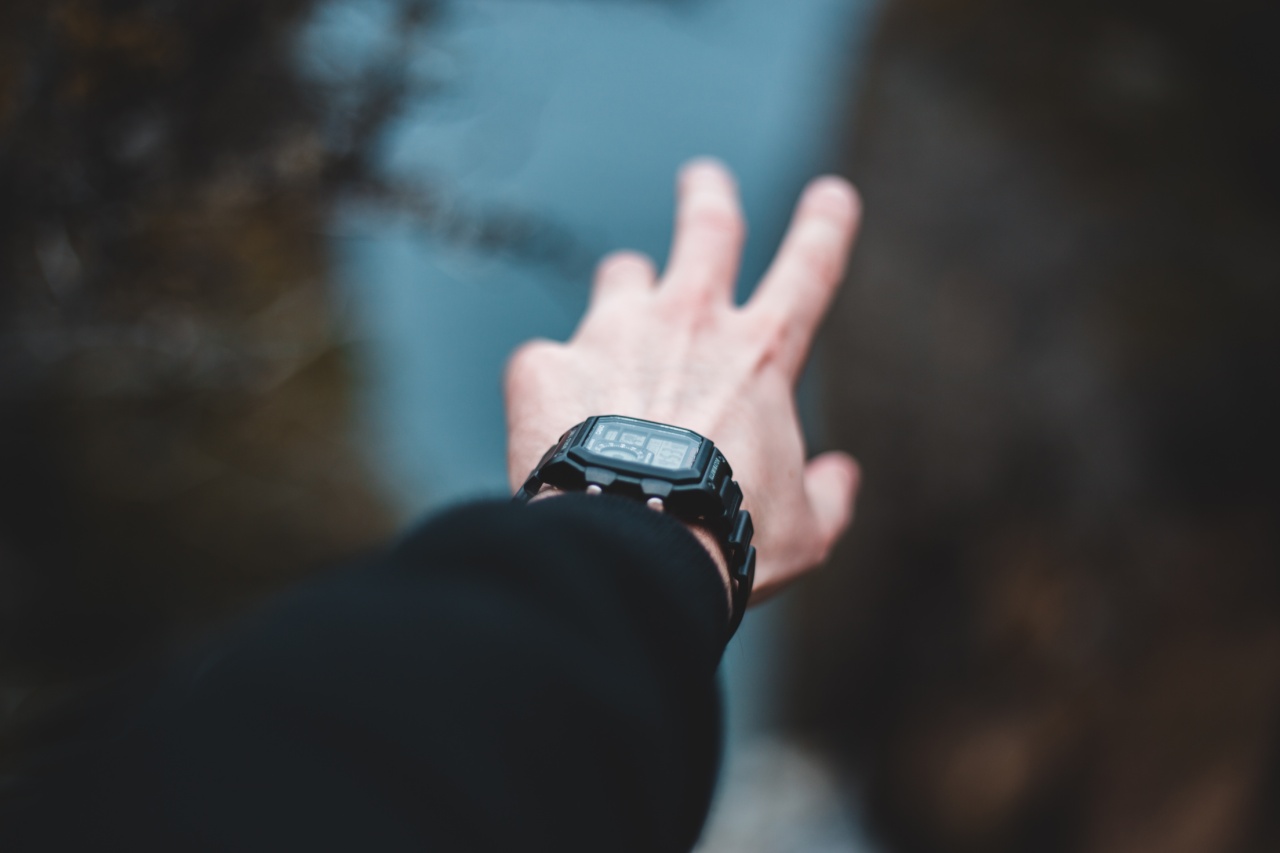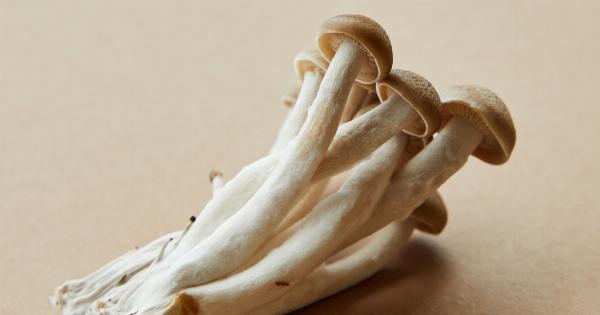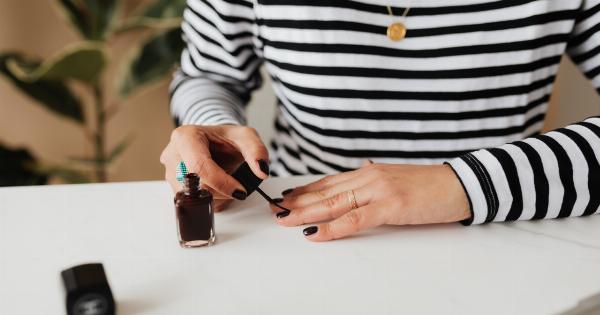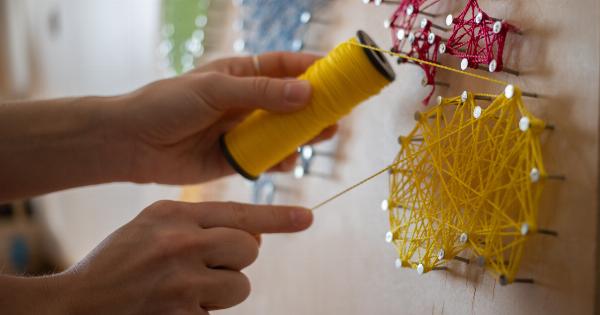Your nails are made up of a protein called keratin and play a crucial role in protecting the fingertips. While they might seem like small and insignificant parts of our body, they can often be prone to injuries and damage.
One common issue that many people face is bruising of the nails. If you are someone who frequently experiences bruised nails, it is important to understand the underlying causes and take appropriate measures to prevent further damage.
In this article, we will explore the various reasons why your nails might get bruised often and provide insights into effective prevention strategies.
Anatomy of the Nail
Before delving into the causes of bruised nails, it is essential to understand the basic anatomy of the nail. Each nail consists of several parts, including the nail plate, nail bed, cuticle, nail matrix, and the lunula.
The nail plate is the visible part of the nail, while the nail bed lies beneath it. The cuticle protects the base of the nail, and the nail matrix is responsible for nail growth. The lunula, commonly referred to as the “half-moon,” is a pale area at the base of the nail.
Any damage to these anatomical structures can result in nail bruising.
Trauma
Trauma is one of the primary reasons for bruised nails. If your nails regularly come into contact with hard surfaces or experience forceful impacts, the blood vessels beneath the nail plate can rupture, leading to the formation of bruising.
Common causes of nail trauma include accidentally slamming your fingers in doors, dropping heavy objects on your nails, or engaging in activities that involve repetitive pressure on the fingertips, such as playing certain musical instruments or typing for extended periods.
Underlying Medical Conditions
There are various medical conditions that can increase the likelihood of nail bruising.
Anemia, which occurs when your body lacks enough healthy red blood cells to carry adequate oxygen to the tissues, can cause your nails to become fragile and prone to bruising. Similarly, vitamin deficiencies, particularly a lack of vitamin C or vitamin K, can weaken the blood vessels in and around the nails, making them more susceptible to bruising.
Furthermore, certain skin conditions like psoriasis, eczema, and lichen planus can affect the health of your nails, making them more vulnerable to bruising.
Chronic liver or kidney diseases can also impair the body’s natural ability to repair and maintain healthy nails, increasing the risk of bruising and other nail-related problems.
Fungal Infections
Fungal infections, such as onychomycosis, can not only discolor and thicken the nails but also weaken them, making them prone to bruising.
When a fungal infection occurs, it can cause the nails to become brittle and more susceptible to damage from everyday activities. The weakened nails are more likely to experience bruising, especially if subjected to trauma.
Poor Nutrition
A well-balanced diet plays a vital role in maintaining healthy nails. Nutritional deficiencies, particularly of minerals like iron and zinc, can weaken the nails and make them more susceptible to bruising.
Iron deficiency, in particular, can lead to brittle nails that are prone to breakage and bruising. Including nutrient-rich foods in your diet, such as lean meats, fruits, vegetables, and whole grains, can help improve the health and strength of your nails, reducing the likelihood of bruising.
Improper Manicure Techniques
While manicures can make your nails look beautiful, improper techniques during manicure procedures can actually harm your nails and make them prone to bruising.
Overuse of tools like nail files, cuticle trimmers, and nail polish removers can damage the nail plate, causing them to become weak and more vulnerable to bruising. It is essential to practice safe and gentle manicure techniques and give your nails adequate time to recover between manicure sessions to prevent unnecessary damage.
Repetitive Stress
Engaging in repetitive activities that put stress on the nails can also lead to bruising.
If you have a profession or hobby that involves repetitive finger movements or pressure, such as playing sports, playing musical instruments, or working extensively with your hands, the continuous stress on the nails can result in injuries and bruises. Taking regular breaks, wearing protective gloves, and maintaining proper finger positioning can help minimize the impact and reduce the chances of nail bruising.
Systemic Diseases
Some systemic diseases or conditions affect the overall health of your body, including your nails.
Conditions such as diabetes, circulatory disorders, and autoimmune diseases can impair proper blood circulation and weaken the blood vessels, leading to easy bruising of the nails. It is important to manage these underlying conditions effectively to maintain the health of your nails.
Medications and Treatments
Certain medications and treatments can also contribute to nail bruising as a side effect. Blood-thinning medications, like aspirin or anticoagulants, reduce the blood’s ability to clot and increase the chances of nail bruising.
Chemotherapy drugs, used to treat cancer, can also weaken the nails, making them prone to bruising. If you are undergoing any medical treatments or taking medications that could cause nail bruising, it is important to consult with your healthcare provider for guidance on preventive measures.
Prevention and Treatment
Although nail bruising can be frustrating, there are steps you can take to prevent further damage and promote nail health:.
1. Protect Your Nails
When engaging in activities that involve potential trauma or repetitive stress on the nails, such as sports or household chores, always wear protective gloves. This simple precaution can significantly reduce the chances of nail bruising.
2. Maintain a Healthy Diet
Ensure your diet is rich in essential nutrients, especially iron, zinc, and vitamins C and K. Foods like leafy greens, lean meats, fish, eggs, nuts, and citrus fruits can support nail health and reduce their susceptibility to bruising.
3. Be Gentle with Your Nails
Avoid using excessive force or pressure on your nails during daily activities. Treat your nails gently and avoid repetitive movements or actions that may cause trauma.
4. Practice Safe and Hygienic Manicures
Ensure that your manicurist follows proper hygiene practices and uses gentle techniques during your manicure sessions. Avoid overusing harsh tools and opt for non-toxic nail care products.
5. Keep Your Nails Moisturized
Regularly moisturize your nails and cuticles using a nourishing oil or cream to keep them hydrated and less prone to damage.
6. Seek Medical Advice
If you notice persistent and recurrent bruising of your nails, consult a dermatologist or healthcare professional. They can assess your overall health and identify any underlying conditions that may be contributing to the issue.
7. Treat Underlying Conditions
If an underlying medical condition is causing your nails to become bruised easily, work with your healthcare provider to manage and treat the condition effectively.
Treating the root cause can help improve your nail health and reduce the occurrence of bruising.
Conclusion
Bruised nails can be not only painful but also impact your overall nail health. By understanding the various factors that contribute to nail bruising and taking preventive measures, you can protect your nails and promote their long-term health.
Remember to pay attention to your diet, be cautious during activities that put stress on the nails, and seek medical advice when necessary. With proper care and attention, you can keep your nails looking healthy and beautiful.




























